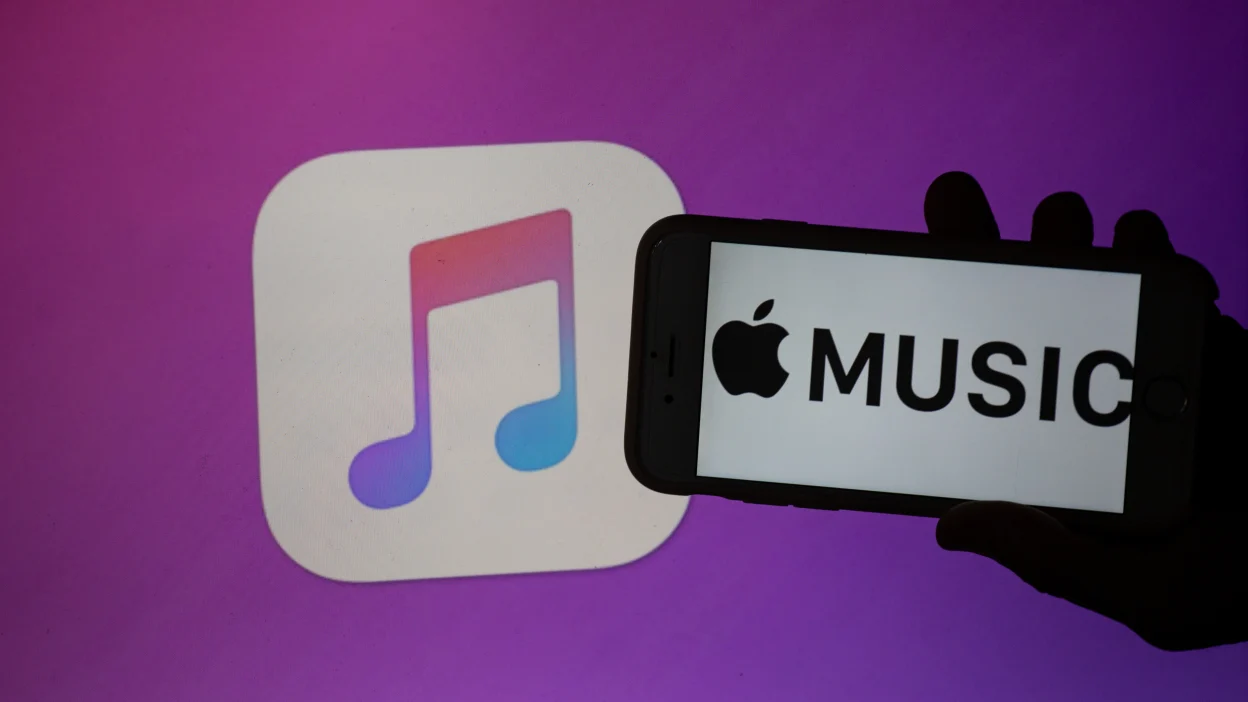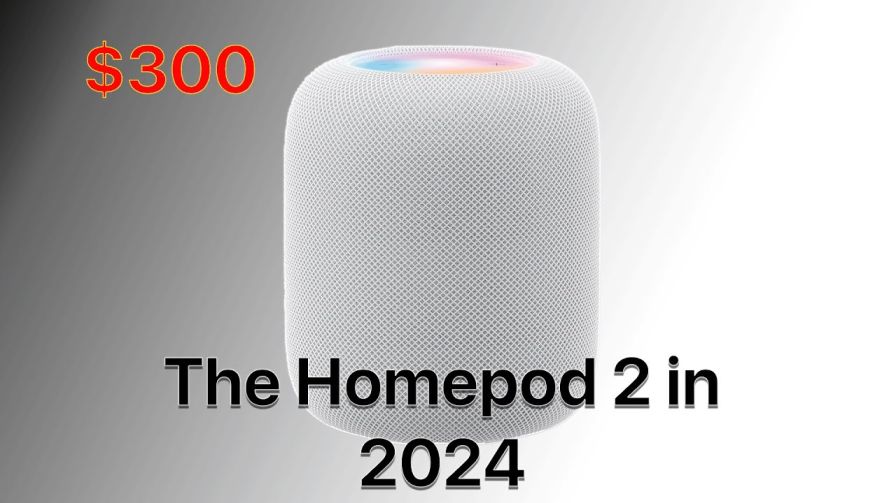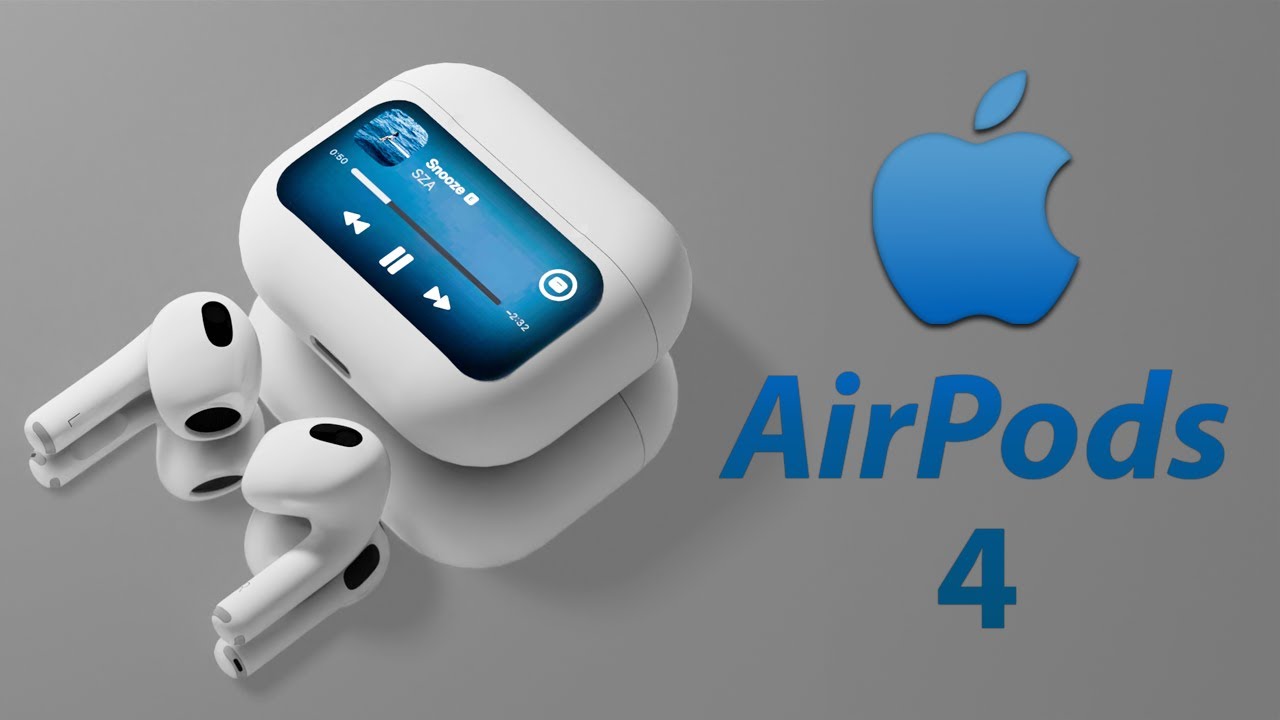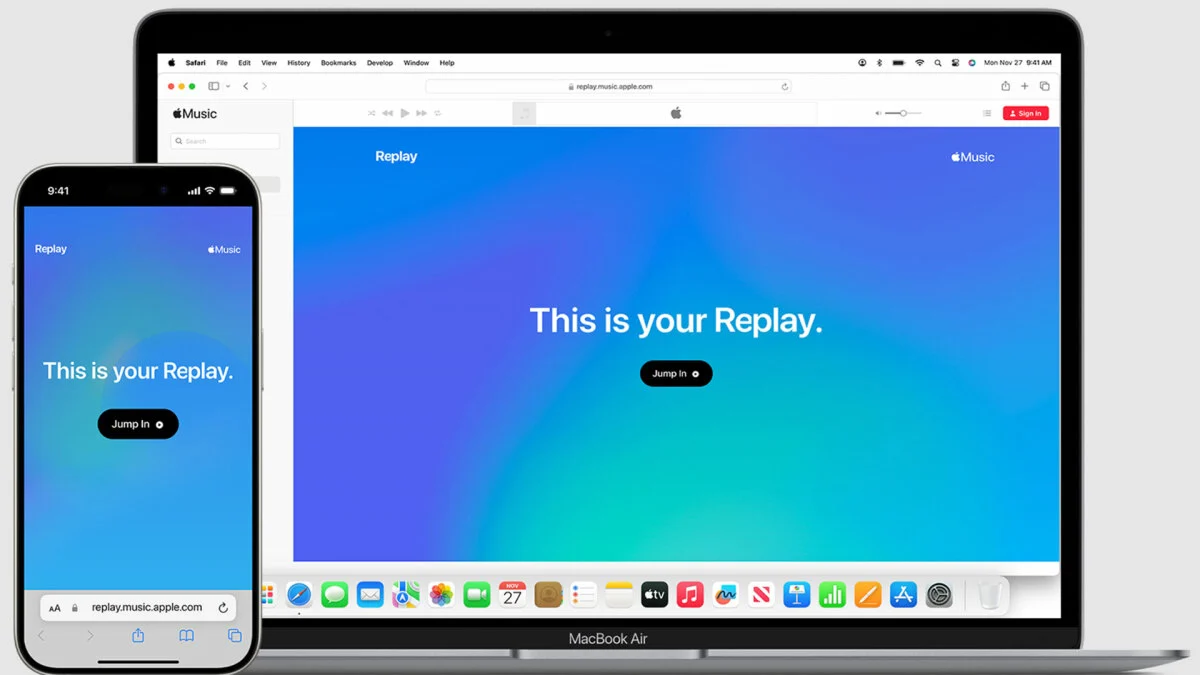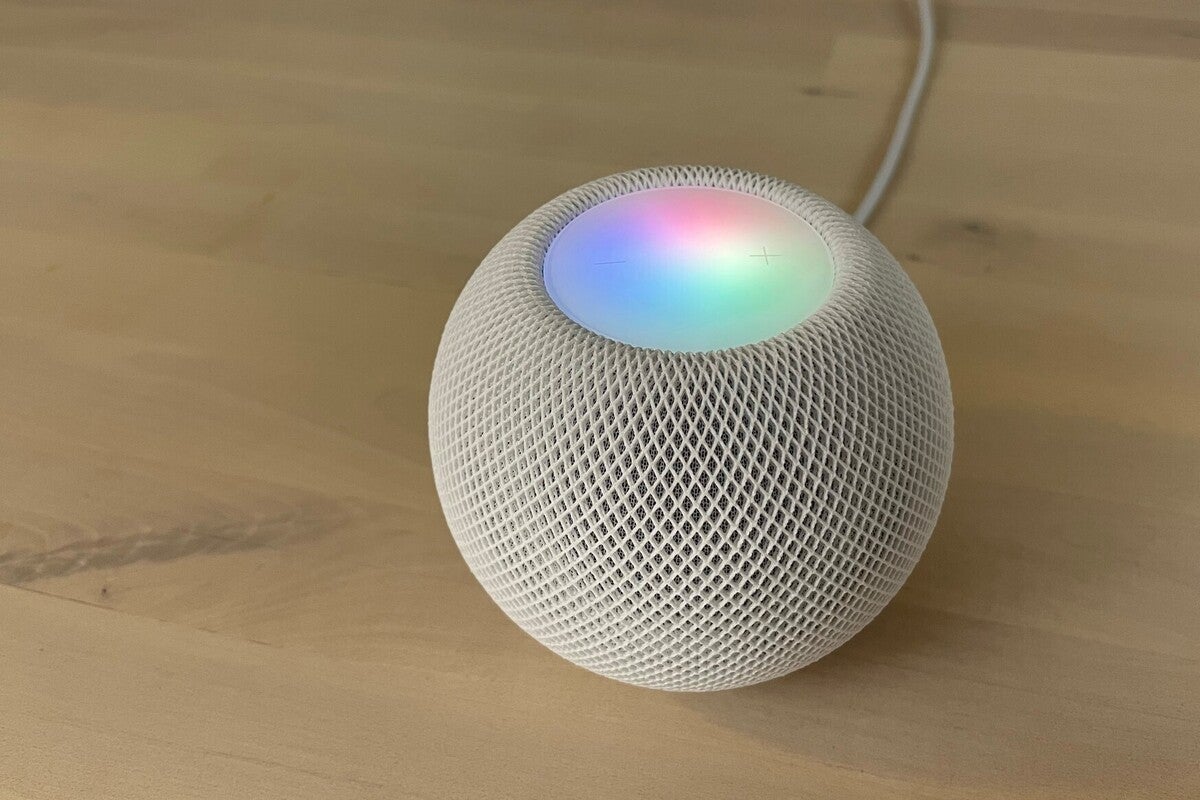It was too expensive
First of all, that $349 price tag—ouch. Even after Apple belatedly cut it to $299, that’s a lot of cash to lay down for a single speaker, although the HomePod’s premium price is a very Apple thing to do.
Of course, Apple wasn’t alone in offering a pricey smart speaker. The $299 Google Home Max was our favorite smart speaker for music, but it too has been discontinued.
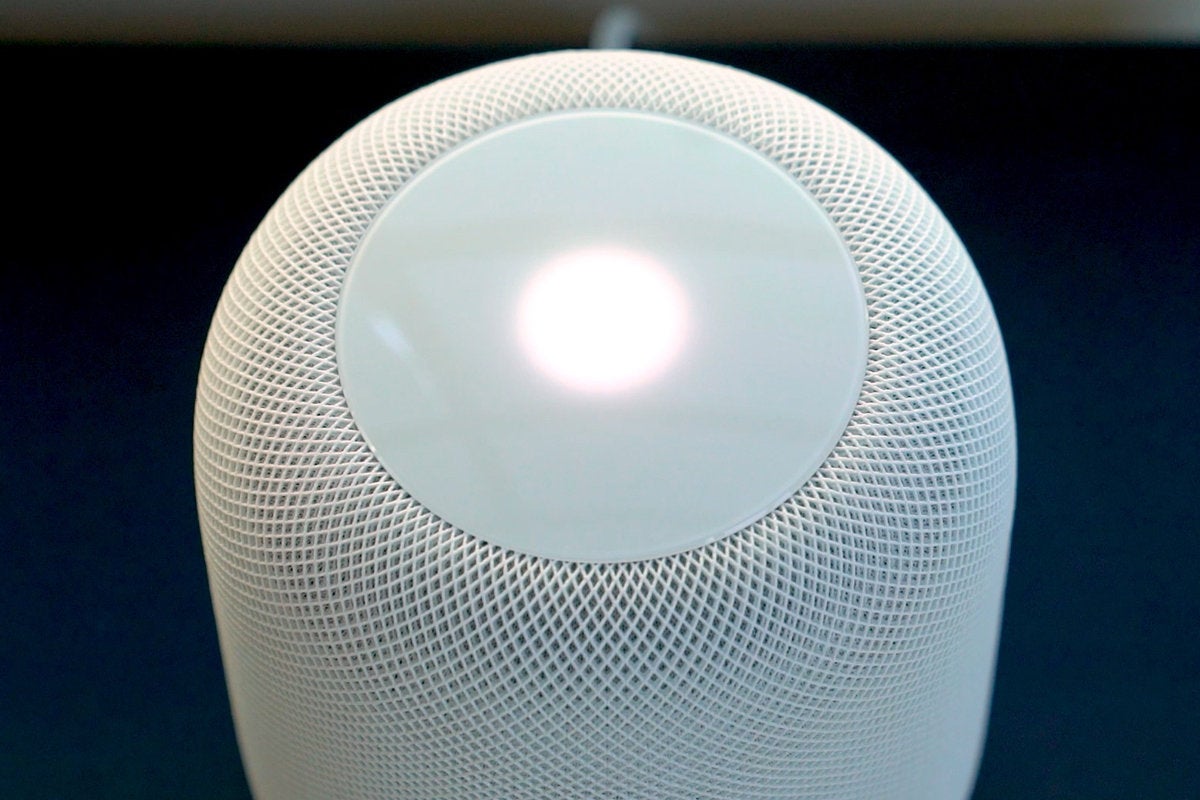
Its sound wasn’t good enough
Of course, in the audiophile world, $300 for a speaker is peanuts, but the HomePod isn’t quite right for audiophiles, either. In our review, we called the HomePod’s audio “very good,” but we also thought that Sonos Play:5 and the Google Home Max were better.
We were also tripped up by the HomePod’s omnidirectional design (“how likely is it that you’ll place the speaker in the middle of the room?”) and by its too-bassy sound signature (“not surprising considering the speaker doesn’t have any mid-range drivers”).
It has limited streaming support
Beyond how music sounds on the HomePod, there’s the matter of how many streaming music services the HomePod natively supports. Up until recently, the answer was a grand total of one: Apple Music.
Last year, Apple finally announced that Siri on the HomePod would begin supporting other, third-party music services as well, but so far only Pandora has signed up.
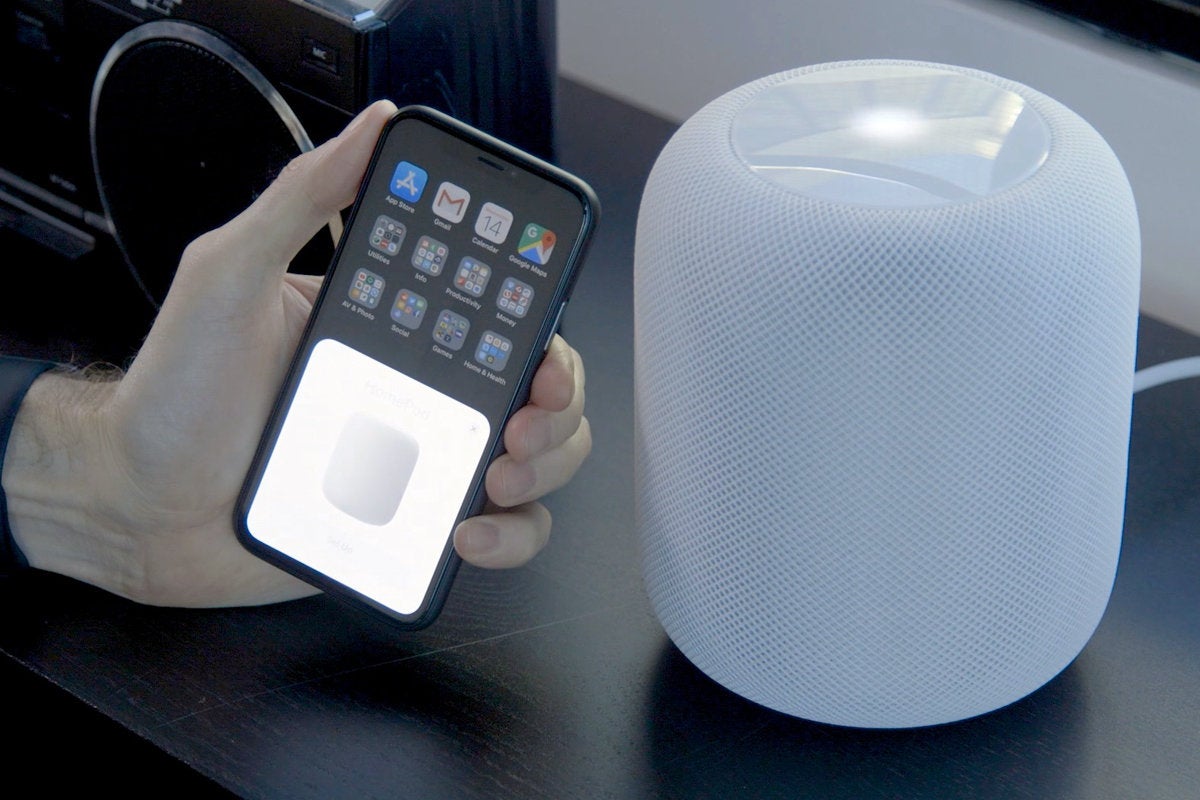
That means if you want to stream tunes from, say, Spotify, Amazon Music, Tidal, Deezer, Qobuz, or YouTube Music, you’ll have to do so via AirPlay 2, an obstacle other speakers don’t have.
Siri’s not smart enough
Some of the best smart devices on the market are powered by HomeKit, and HomeKit boasts some of the best privacy-minded features we’ve seen in the smart home.
HomeKit Secure Video, for example, ensures that captured video from your security cameras and analyzed locally rather than on a third-party cloud server, and once your video clips are stored in iCloud, they’re encrypted so no one but you can see them.
But as good as many HomeKit smart devices are, there still aren’t that many of them, or at least not as many as those supported by Google Assistant, or—biggest of all—Alexa. That means if you’re using the HomePod as a smart speaker, you’ll have a much smaller universe of smart devices to control.
Alexa, meanwhile, enjoys support from more than 100,000 smart gadgets and counting, which you can control using a $50 (or frequently cheaper) Echo Dot. Siri just isn’t as smart as its counterparts when it comes to controlling the devices in your home, and it’s something Apple still needs to address with the HomePod mini going forward.
HomePod mini can still succeed
The new, smaller HomePod mini isn’t so much a reason for the HomePod’s failure as it was the final nail in the coffin.
Priced at just $99, the HomePod mini brings Apple’s smart speakers into the realm of affordability (although they’re still not nearly as inexpensive as the Echo Dot and Google Nest Mini, which are $50 each).
The HomePod mini’s single driver won’t knock anyone’s socks off, but it’s sound is certainly good enough, and certainly better than what you’ll hear from the cheaper Amazon and Google speakers. And if the HomePod mini is still saddled with limited HomeKit and music service support, well, that’s an easier pill to swallow given its (barely) sub-$100 price tag.
Finally, the HomePod mini comes with a pair of flashy new hardware features that the HomePod lacks, including an ultra-wideband U1 chip that jazzes up the speaker’s music handoff abilities, plus a new radio that lets the smaller HomePod act as a Thread border router.
By solving many (if not all) of the HomePod’s most vexing problems, it’s no wonder Apple wants to put the HomePod mini front and center, while moving the older HomePod out to pasture.


